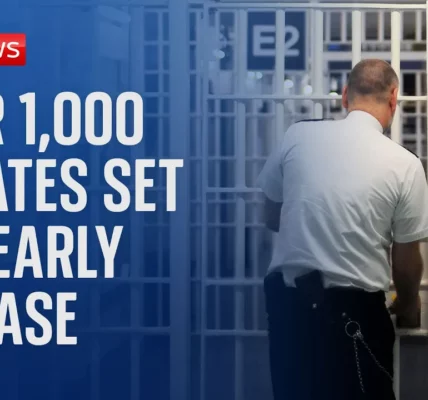The Importance of Electoral College Votes in U.S. Presidential Elections

This article delves into the intricacies of the Electoral College system in the United States, highlighting the significance of swing states and the minimum number of votes required to secure the presidency.
Introduction
In the United States, the electoral process is a complex mechanism that shapes the outcome of presidential elections. While there are over 200 million registered voters, the critical number that truly matters is 270—this is the number of Electoral College votes needed to win the presidency. Each state contributes a different number of electoral votes based on its population, creating a dynamic landscape where some states are considered ‘safe’ for one party while others are pivotal swing states that can determine the election’s winner. Understanding this system is essential for grasping how elections unfold in the U.S.
The Electoral College System
The Electoral College is a body of electors established by the United States Constitution, responsible for formally electing the president. Here are some key points about the system:
- Each state is allocated a number of electoral votes based on its population and representation in Congress.
- There are a total of 538 electoral votes, with 270 needed to win the presidency.
- States can vary significantly in the number of electoral votes, with California having 54 votes and smaller states like Wyoming having just 3.
The Role of Swing States
Swing states play a crucial role in determining the outcome of presidential elections. Unlike states that consistently vote for one party, swing states can be won by either party, making them the focus of intense campaigning. Here are the key aspects of swing states:
Identifying Swing States
In the current electoral landscape, there are several swing states that have garnered attention:
- Georgia
- Arizona
- Nevada
- North Carolina
- Pennsylvania
- Wisconsin
- Michigan
The Importance of Winning Swing States
Candidates must focus their efforts on these swing states as winning even a few can dramatically increase their chances of securing the necessary 270 electoral votes. For example:
- Winning Pennsylvania is often seen as essential for any candidate aiming for the presidency.
- Erie County in Pennsylvania, which has a history of narrow margins in voting, can be a microcosm of the overall state voting trends.
- Campaign strategies in these states often involve tailored messages that resonate with local voters.
The Mathematics of Winning
Understanding the electoral math is vital for both candidates. For instance, if Donald Trump were to regain states that he previously lost by a narrow margin, the electoral landscape would shift significantly. Consider the following:
Possible Scenarios
Let’s explore a hypothetical scenario where Trump regains states like Georgia and Arizona:
- Trump wins back Georgia: This state has historically leaned Republican.
- Trump regains Arizona: A state that has shown increasing competitiveness.
- Trump’s path to victory could be through securing traditional Republican strongholds while targeting swing states.
The Tipping Point State
Pennsylvania is often referred to as the ‘tipping point’ state due to its critical role in past elections. Here’s why:
- Both candidates must invest heavily in Pennsylvania to gain its electoral votes.
- Recent trends indicate that the margins in counties like Erie are razor-thin, emphasizing the need for targeted campaigning.
Conclusion
The U.S. presidential election process is intricately tied to the Electoral College system, where the number 270 looms large. Understanding the importance of swing states and the role they play can provide valuable insights into the strategies employed by candidates. As elections approach, these dynamics will become even more pronounced, making it essential for voters and observers alike to stay informed. To learn more about electoral processes and state-specific voting trends, check out our related articles.
“`




